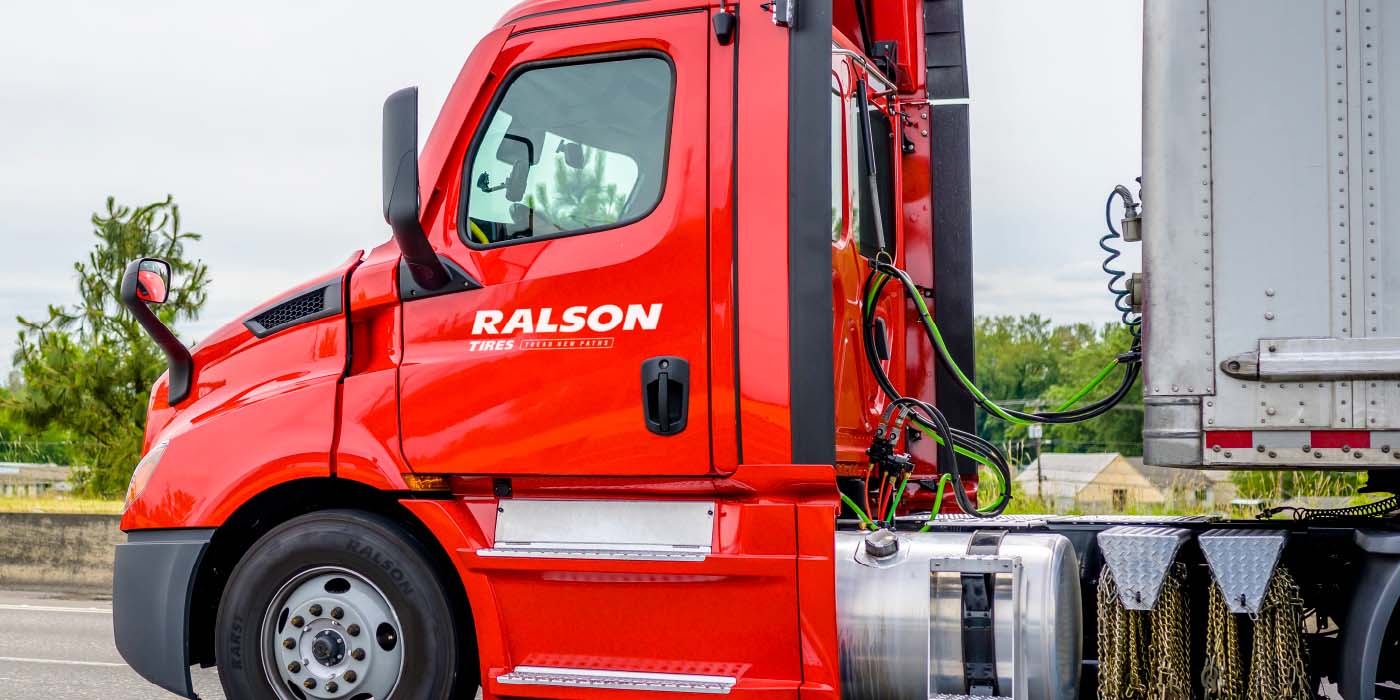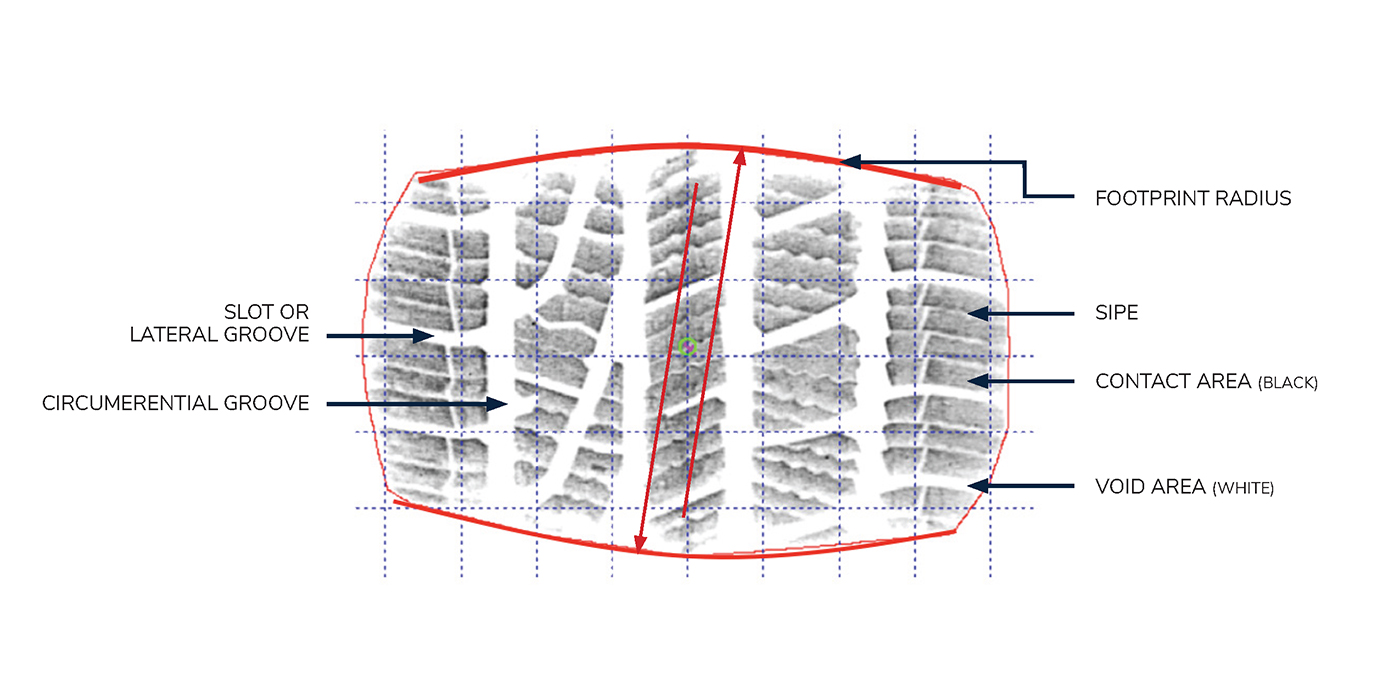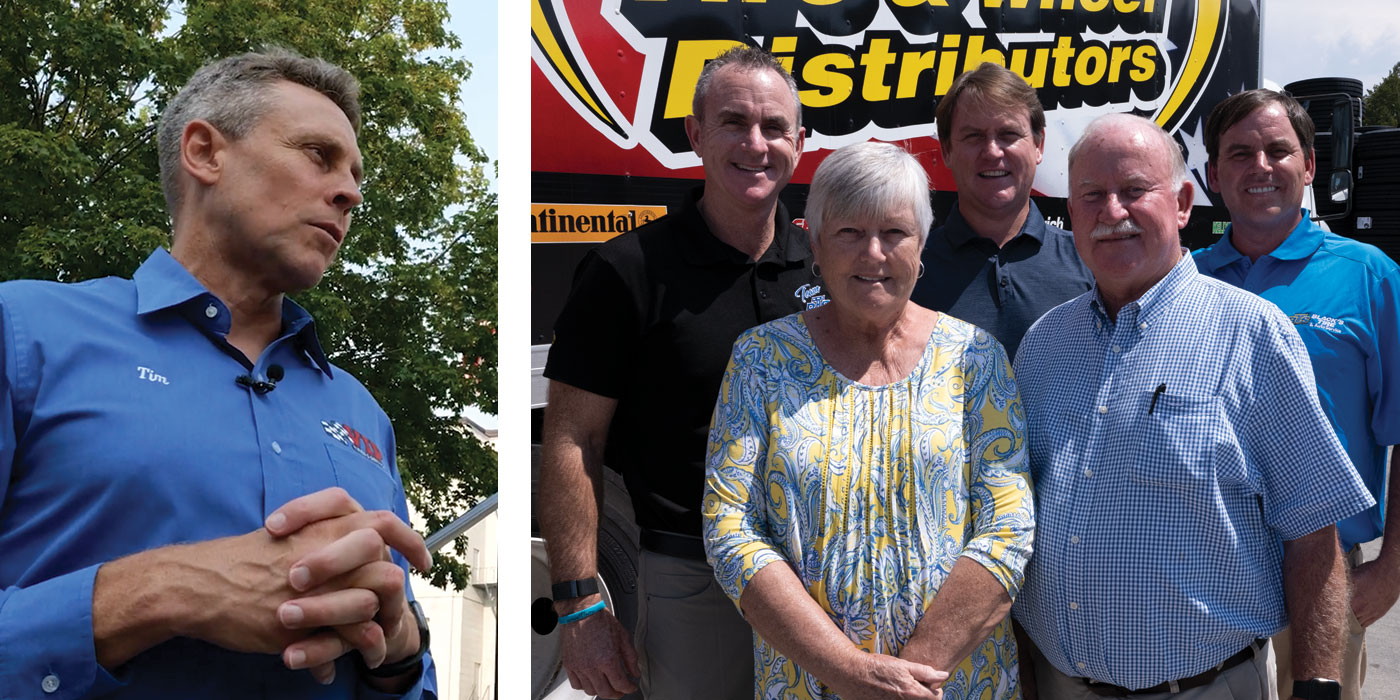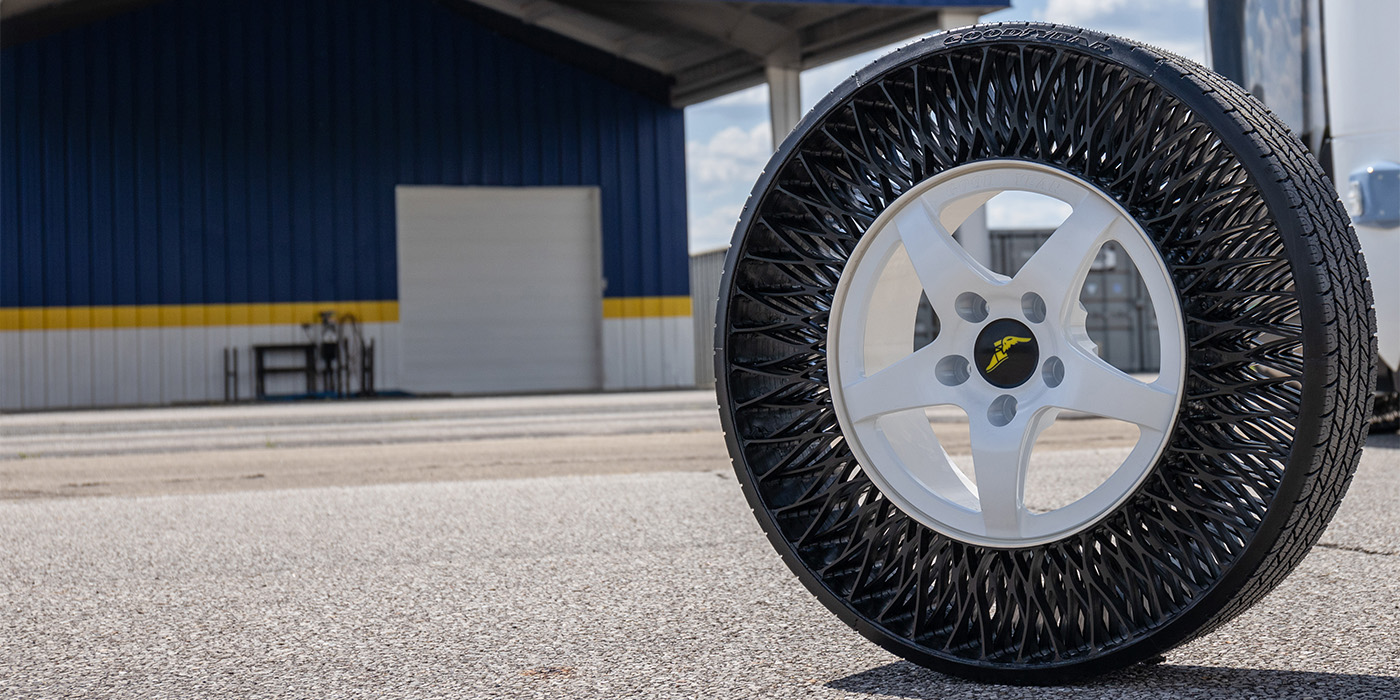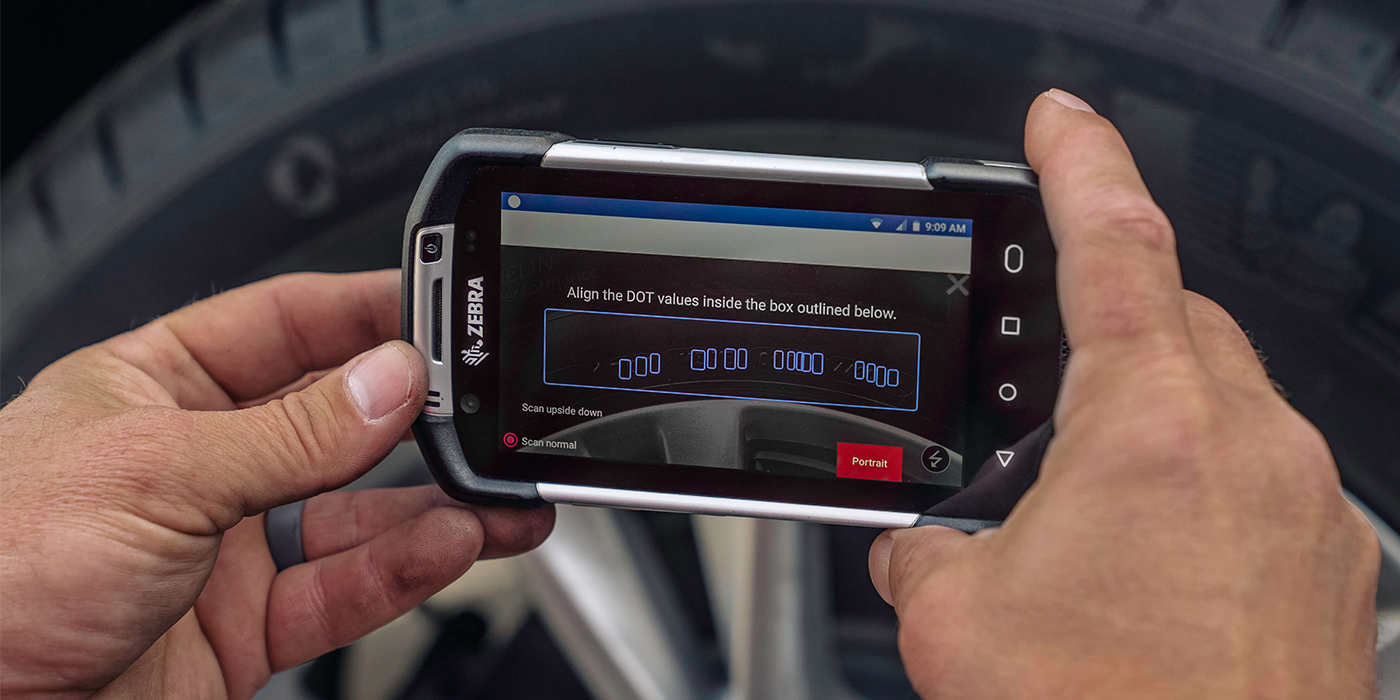Not necessarily a tire story, but….
We’ve all heard of the “bump and rob” where Driver A hits the rear bumper of the vehicle in front of them to get Driver B to pull over, at which point Driver A robs Driver B and gets away.
There’s a new variation, which popped up recently in Houston, where Driver A pulls up along side Driver B at an intersection and yells, “Hey, something flew off your tire and it hit my car. Your tire is wobbling and it looks like it’s going to fall off.” Helpful Driver A offers that they are a mechanic and pleads with Driver B to pull off the road so he can take a look at the problem. The persistent approach is designed to get the driver out of their car, at which point they are robbed and sometimes beaten.
Tell your customers if someone tries that trick they should simply drive to the nearest tire store (hopefully yours) or repair shop and get a professional opinion.
* * * * * * *
If commercial tire dealers feel as though business is softening, perhaps it’s not them. Rather, it could be the customer, or lack thereof.
The recent State of Logistics Report by the Council of Supply Chain Management Professionals says that an increasing number of smaller trucking fleets are floundering – even closing the doors – due to higher business costs and rising costs associated with regulatory compliance.
In the first quarter of 2014 alone, some 390 trucking companies – averaging 27 vehicles each – entered bankruptcy.
To put this into perspective, 2014 new Class 8 truck registrations were up 3.8% YoY, reaching 3.78 million vehicles. Large fleets – those with more than 500 vehicles – represented 48% of those vehicles.
Meeting new hours of service regulations required many smaller fleets to install electronic logging devices, adding to already tight budgets. But tighter monitoring of driver hours brought new consequences: drivers were losing seat time and earned less money. As a result, drivers quit, leaving the smaller fleets to pay more for replacements.
* * * * * * * * *
June 25 became an unexpectedly hectic day for us, and I want to thank producer Andy Swift and presenter Paul Franks of BBC Radio for smoothing things out. That was the day that Goodyear announced (only in Europe, it seems) that it was closing what was left of its historic 90-year-old facility in Wolverhampton. If you’ve been in this industry for some time, “Goodyear” and “Wolverhampton” fit hand-in-glove. When it opened in the 1920s, Wolverhampton was Wingfoot’s first European foray, and the consumer and commercial tire plant employed generations of locals for decades.
Of late, the facility was reduced to retreading truck tires and mixing rubber compounds for other European tire plants. The retreading will cease by the end of October, and the mixing will be moved to other Goodyear European plants over the next 18-24 months. Some 330 jobs will be lost for good.
As you can imagine, the news was not taken well in England, and the BBC was in overdrive yesterday bringing commenters in to offer background and opinion about the closing. An early morning phone call from Mr. Swift enlisted my five minutes on-air with Mr. Franks for a drive time (5 p.m. there) live interview.
As I have a face for radio, it worked quite well for me. But as I listened to the live broadcast swirling like a tornado, I was impressed by the calm, professional voices bringing and explaining the news to listeners. Quite different than U.S. media, to be sure.

